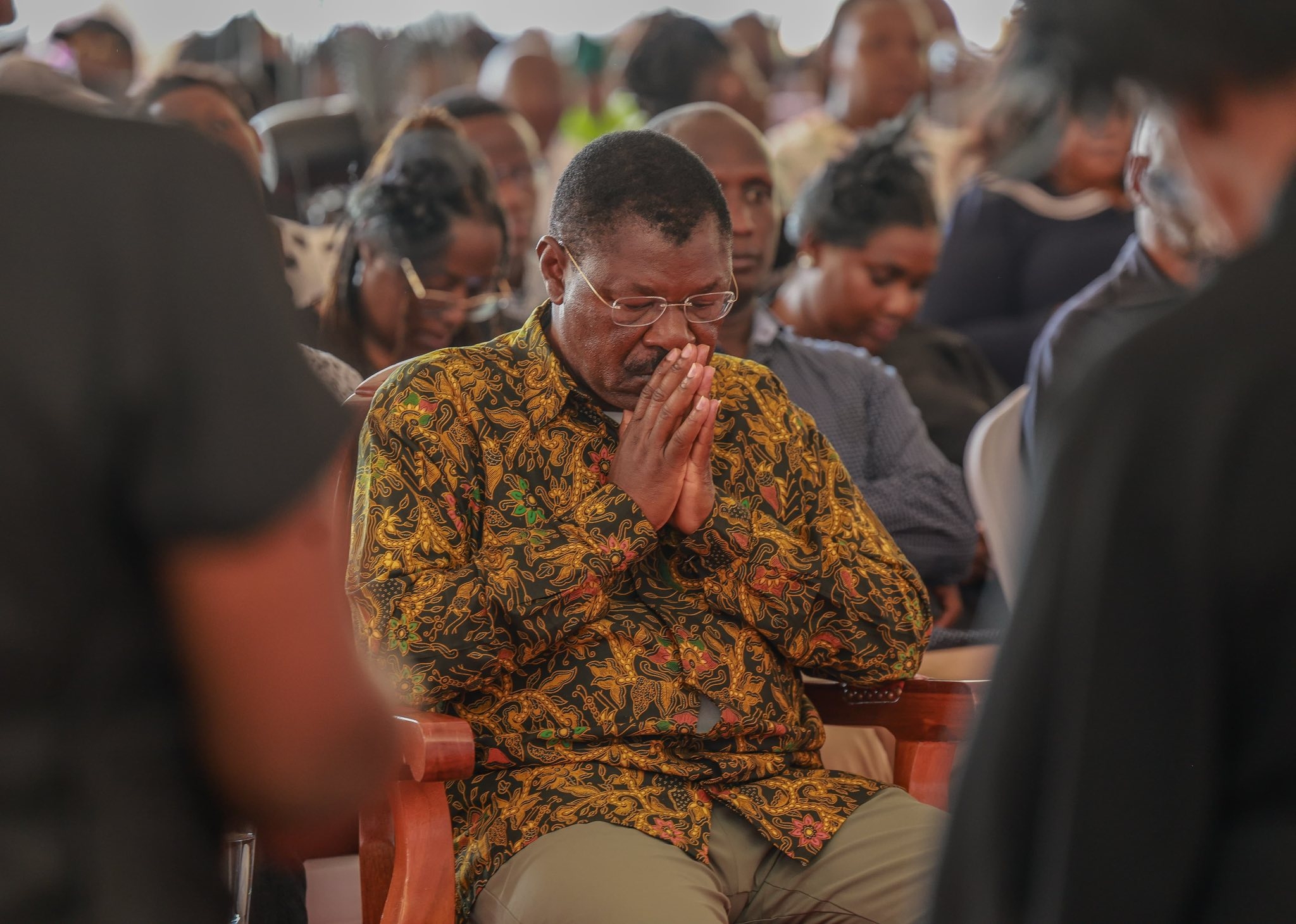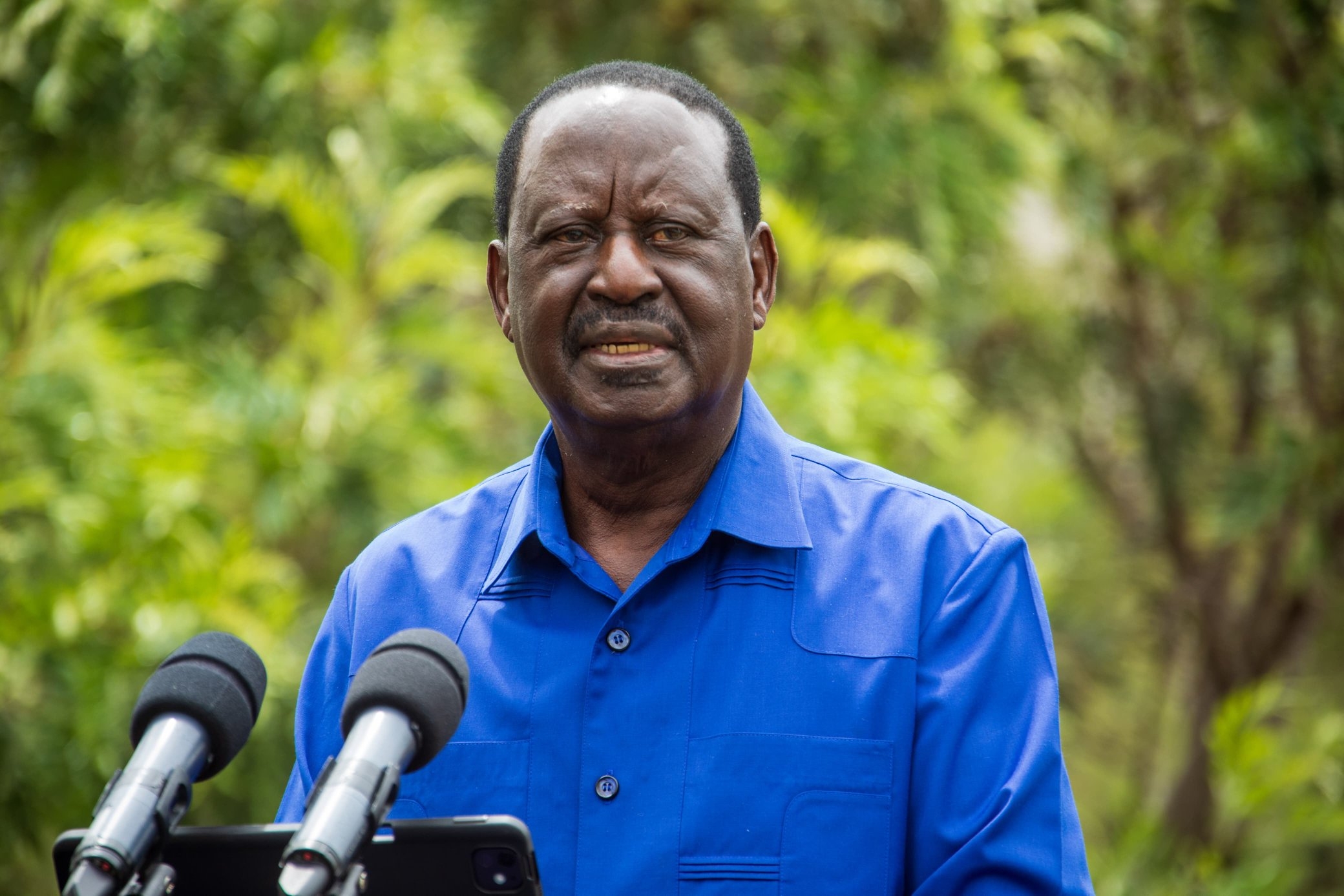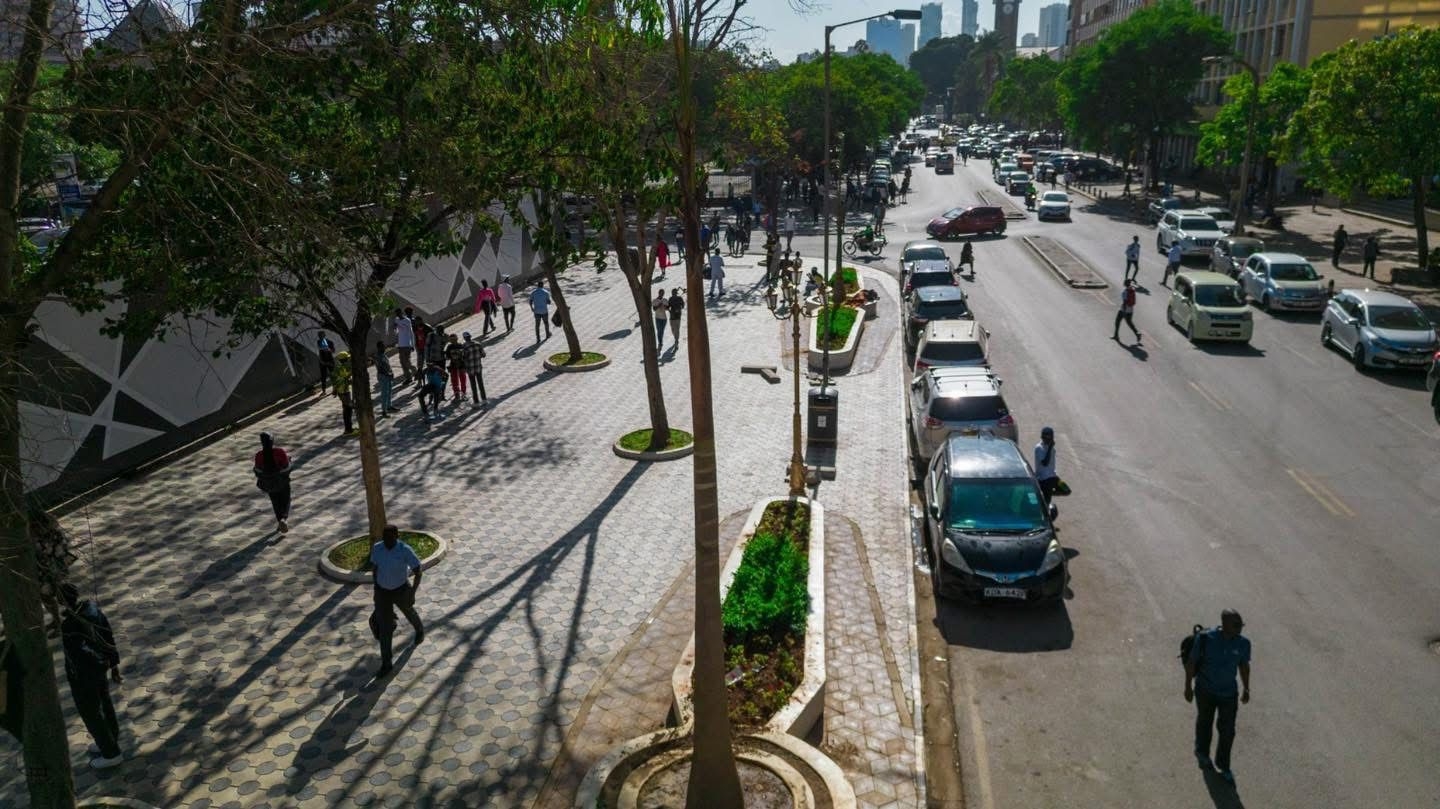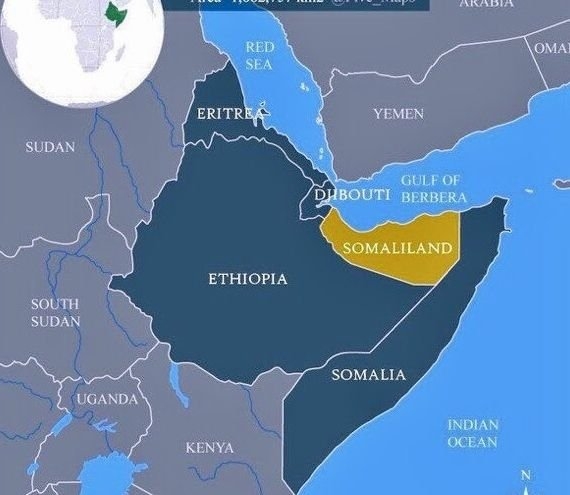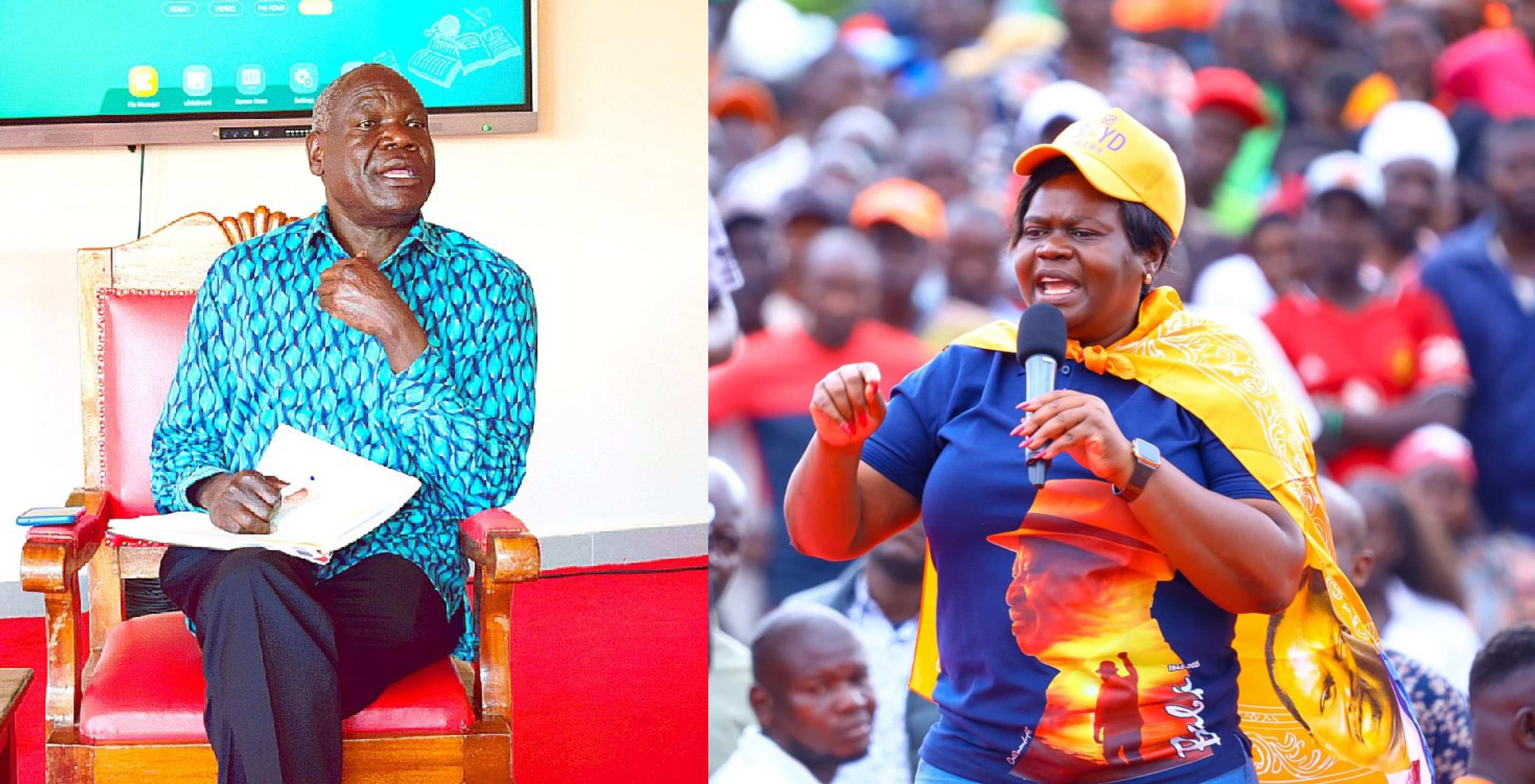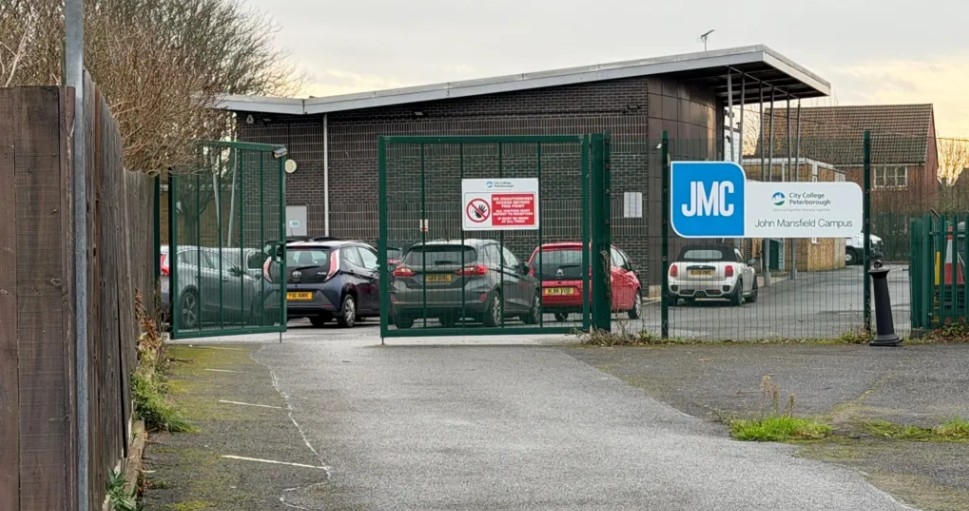Efforts to revive activity at the Kakapel Monument and Cultural Centre have gained momentum as management in the tourism site seeks ways to attract more visitors.
Kakapel Monument and Cultural Centre Manager Anthony Odera told the Star on Friday the site is set to become one of the most active touristic attraction centres in the Western region in 2022 and beyond.
He said approximately 6,000 trees have already been planted at the centre as management continues to invest efforts in domesticating wild animals at the site to attract more visitors.
The centre is located in Teso North sub county in Busia County.
The most visible feature at the centre is the Kakapel rock that is estimated to be 270 metres high.
At the top of the rock, one can easily get a spectacular panoramic view since those who climb on top can clearly see the towns of Busia and Malaba as well as trading centres such as Amukura, Adungosi and Angurai. Also visible on top of the rock are parts of Bungoma, Tororo town and Osukuru and Tororo hills in Uganda.
“We are doing our best because this is an asset that we intend to bank on to boost tourism in Teso North,” Odera said.
He said if the site’s tourism potential can maximumly be tapped, the centre can turn around the economy of the area and help alleviate poverty among locals.
The centre has well-preserved rock art paintings and carvings done by ancient peoples who claimed to have lived at the Kakapel rock about 4,000 years ago.
The caves at the foot of the rock still have traces of smoke, suggesting the presence of people who lived in caves used firewood for cooking.
Over 10 years ago, the National Museums of Kenya in conjunction with the cultural centre announced plans of creating a tourist attraction site that would boast of visitors in their thousands.
INTRODUCE WILD ANIMALS
Odera said although plans to introduce wild animals at the centre have been delayed, the plans, he said are an idea that has not been shelved.
Wild animals, if introduced at Kakapel will go a long way in attracting tourists at the site, Odera said.
“Kakapel was once dominated by wild animals and I would like to see them come back. It is my wish to see animals come back,” Odera said.
Domesticating wild animals at the centre, he said, will also help in the conservation of forests in Kakapel hills.
“Animals are a centre of humanity,” he said.
Among animals set to be introduced at the site, according to the site’s manager are Vervet monkeys, De Brazza monkeys, bush rats, porcupines, squirrels, hares, birds and reptiles such as snakes and monitor lizards.
He said a team from the Kenya Wildlife Service visited the centre in 2013 and 2015 to assess the centre’s viability to host more animals.
The animal domestication plan, was temporarily shelved after 2015 due to logistical and funding challenges but the manager expressed optimism that the plan will materialise in 2022.
He said the centre needs more land to facilitate expansion to accommodate the animals.
With funding, Odera said locals whose land will be converted to be part of the cultural centre would be compensated and allowed to buy land elsewhere for settlement.
“We must have enough land for the new animals and other creatures to co-exist. There are people willing to give some of their land to the project, but we need to pay them sufficiently,” he said.
TREE PLANTING
On July 28, as part of the activity to boost the cultural centre’s visibility, Teso North Deputy County Commissioner Peter Karanja led a team of officials at the sub county in planting trees at the touristic attraction site.
Karanja said despite the tree planting exercise being conducted to meet the government’s objective of reviving forest cover in the country to at least 10 per cent by 2022.
He said the trees planted will also boost the conservation efforts at the cultural centre.
The project of planting also entails planting trees on the slopes of Kakapel and Chelelemuk hills.
The cultural centre plays host to the Teso cultural festival every year.
During the annual event, thousands of revealers throng the site to get a taste of local food as well as native alcohol popularly known as ajon.
A resident Christine Osili said planting the trees despite being a plan hatched to accommodate wild animals will help in the conservation of the environment generally.
“This is one way of conserving our environment,” she said.
“Planting trees will also bring a good relationship between the people and nature.”
“If this project succeeds, it will benefit the community around here because it will be a source of income to the people around here.”
Kakapel hills are the main water catchment area in Teso and the introduction of wild animals in the area would help conserve forests.
Part of the efforts aimed at improving the tourist attraction site was realised in April 2019 when the National Museums of Kenya signed an MoU with the Busia County government to improve cultural and natural sites, including rock carvings.
The agreement was categorical that NMK and Busia County will open a research centre to document cultural practices in the region.
Fencing is also needed to control people and grazing livestock, keep wildlife inside and prevent land encroachment and frequent trespassing.
Tourism Cabinet Secretary Najib Balala has already hinted at plans to reopen the country for tourism.
The CS said the country by June 2020 had lost approximately Sh80 billion due to closure brought by the Covid-19 pandemic.
Edited by D Tarus



